
Endomyocarditis, or inflammation of the inner heart muscle and lining, is an acute heart and lung (cardiopulmonary) disease that typically develops following a stressful event. It is characterized by interstitial pneumonia, and inflammation of the innermost portion of the heart. Pneumonia is usually severe and commonly results in death.
Endomyocarditis occurs predominantly in males, between the ages of 1 and 4 years. The development of biventricular endocardial fibroelastosis (occuring within both heart chambers) or left heart failure, meanwhile, occurs prior to 6 months of age. Endocardial fibroelastosis is an inherited (congenital) heart disease in which severe fibrous thickening of the muscular tissues within the heart leads to heart failure. Moderator bands are normal muscular bands in the right lower chamber (ventricle) of the heart that can sometimes occur in the left lower chamber. Excessive moderator bands (EMBs) is a rare and unique pathologic disease. EMBs can be seen at any age.
Endomyocarditis
Endocardial Fibroelastosis and EMB
Generally, the causes for endocardial fibroelastosis or endomyocarditis are uknown. Risk factors for endomyocarditis include stressful incidents, such as anesthesia (commonly associated with neutering or declawing), vaccination, relocation, or bathing. Endocardial fibroelastosis, meanwhile, may be due to genetic factors; it is often seen in Burmese and Siamese cats.
Endomyocarditis
Endocardial Fibroelastosis and EMBs
Expected Course and Prognosis:
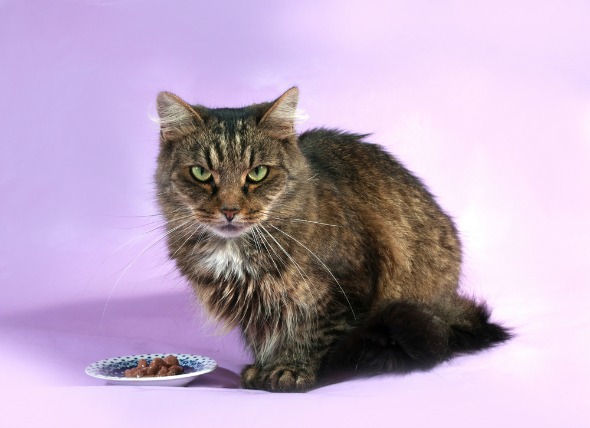 Loss of Appetite in Cats
Anorexia in Cats
Anorexia, as a behavioral condit
Loss of Appetite in Cats
Anorexia in Cats
Anorexia, as a behavioral condit
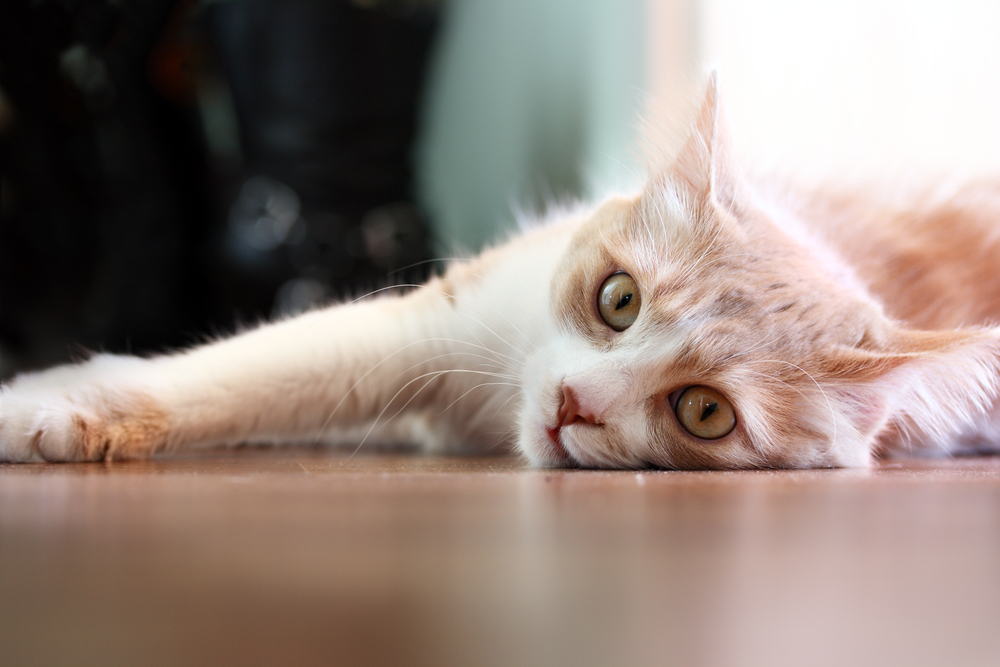 Inflammation of the Soft Tissues in a Cat's Mouth
Stomatitis in Cats
Stomatitis is the condition wh
Inflammation of the Soft Tissues in a Cat's Mouth
Stomatitis in Cats
Stomatitis is the condition wh
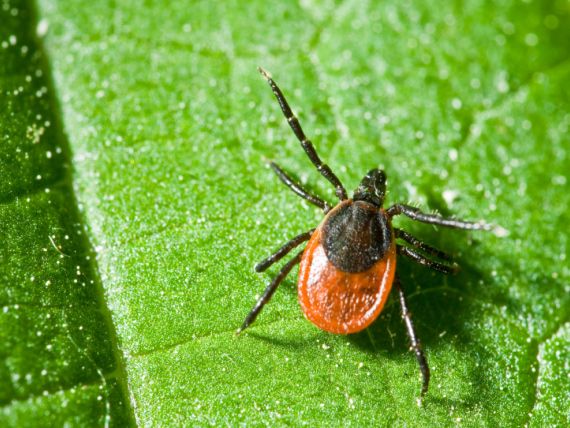 Ticks and Tick Control in Cats
Ticks are parasitic organisms that attach themsel
Ticks and Tick Control in Cats
Ticks are parasitic organisms that attach themsel
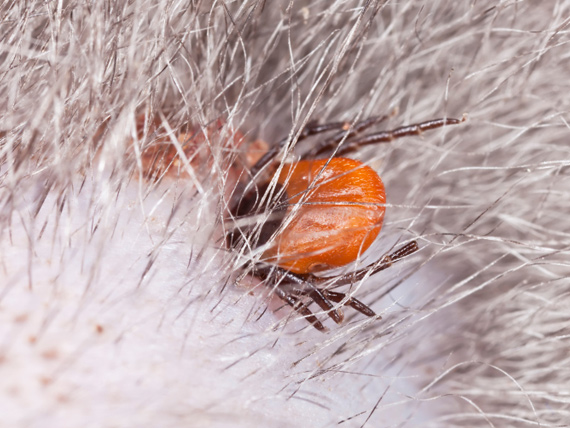 Tick Paralysis in Cats
Tick Bite Paralysis in Cats
Tick paralysis, or ti
Tick Paralysis in Cats
Tick Bite Paralysis in Cats
Tick paralysis, or ti
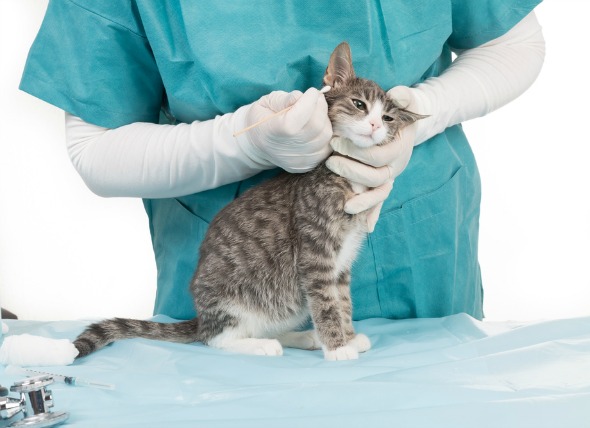 Ear Mites in Cats
Otodectes cynotis Mites in Cats
Otodectes
Ear Mites in Cats
Otodectes cynotis Mites in Cats
Otodectes
Copyright © 2005-2016 Pet Information All Rights Reserved
Contact us: www162date@outlook.com